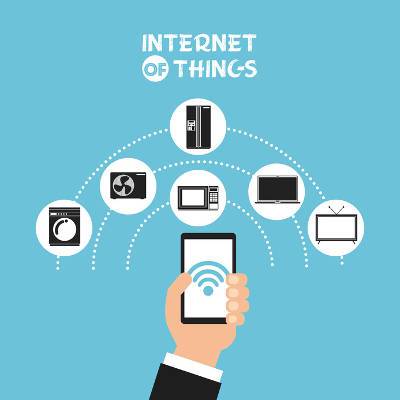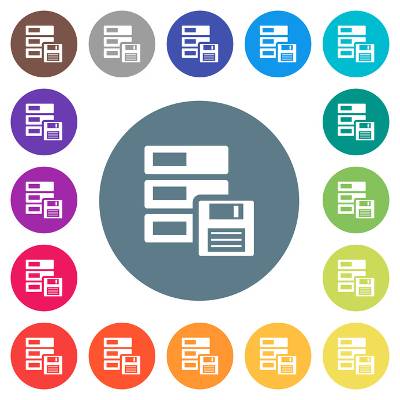Do you realize how the countless devices entering the workplace will influence your business’s infrastructure and security? It’s imperative to remain aware about how the Internet of Things and connected devices will affect your business in the near future. According to HAX Hardware Trends, 2018 will see a string of changes in how we approach the Internet of Things, as well as how businesses govern it for their networks.
Macro Systems Blog
How much value does your business gain from its technological assets? This may seem like a simple question, but it doesn’t have a simple answer. You can implement the greatest and most current solutions, but you don’t necessarily gain value from them, or as much as similar organizations in your field. With businesses looking to cut costs and secure a profitable future, how can you make sure that IT is providing value to your business?
Miscommunication afflicts even the best, most organized businesses. Small businesses could be more tight-knit than your standard enterprise, but humans are vulnerable to miscommunication, and thus, can be a significant problem. Macro Systems can help your business upgrade the way that it communicates and collaborates; it all starts by considering how you can cut down on miscommunication in your office.
Project implementation is a tricky subject for small businesses to approach primarily due to a lack of funding or dedicated personnel. Nowhere is this more true than for technology project implementation, be it a new email server or a revamped networking infrastructure. Depending on your business’ specific situation, it’s often more convenient to simply invest in outsourcing the project management to a third party.
The average business relies on several technology solutions that make maintaining a network infrastructure more challenging. Eventually, it gets to the point where technology becomes difficult to maintain without the help of an on-site IT department. Unfortunately, small businesses often have trouble supporting their infrastructures, as they don’t have the funds to hire and maintain an internal IT department. What’s the best way for a smaller organization to keep their technology in working order?
Internal communications are remarkably important for a business with multiple moving parts. In a world with many choices for communication, how does your company keep in touch? We’ve put together five great ways that your company can take advantage of today’s networking technology to create an infrastructure meant to help your employees stay connected to one another and promote organizational cooperation.
It’s no secret that a data breach can have serious consequences for any business, especially after some of the events that occurred throughout 2017. From the costs to repair any internal damage done to the efforts it takes to regain client trust, recovering from such an attack is no easy feat--and they’re only poised to get worse.
Data is the spine of any modern organization. Since your business relies so heavily on it, you need to have measures in place to ensure that your company can access it in some way, shape or form at all times. Easier said than done, especially for a company on a restricted budget. Let's take a look at how you can perform a comprehensive data backup solution to protect your business.
How does your organization govern its technology solutions? If you have an in-house IT department, you may think that you have a better opportunity at keeping your organization safe from a hard drive failure, but that is only if your IT department isn’t already flooded with work. You may find that inserting new solutions is difficult, which wastes your time and resources. What is a small business to do?













